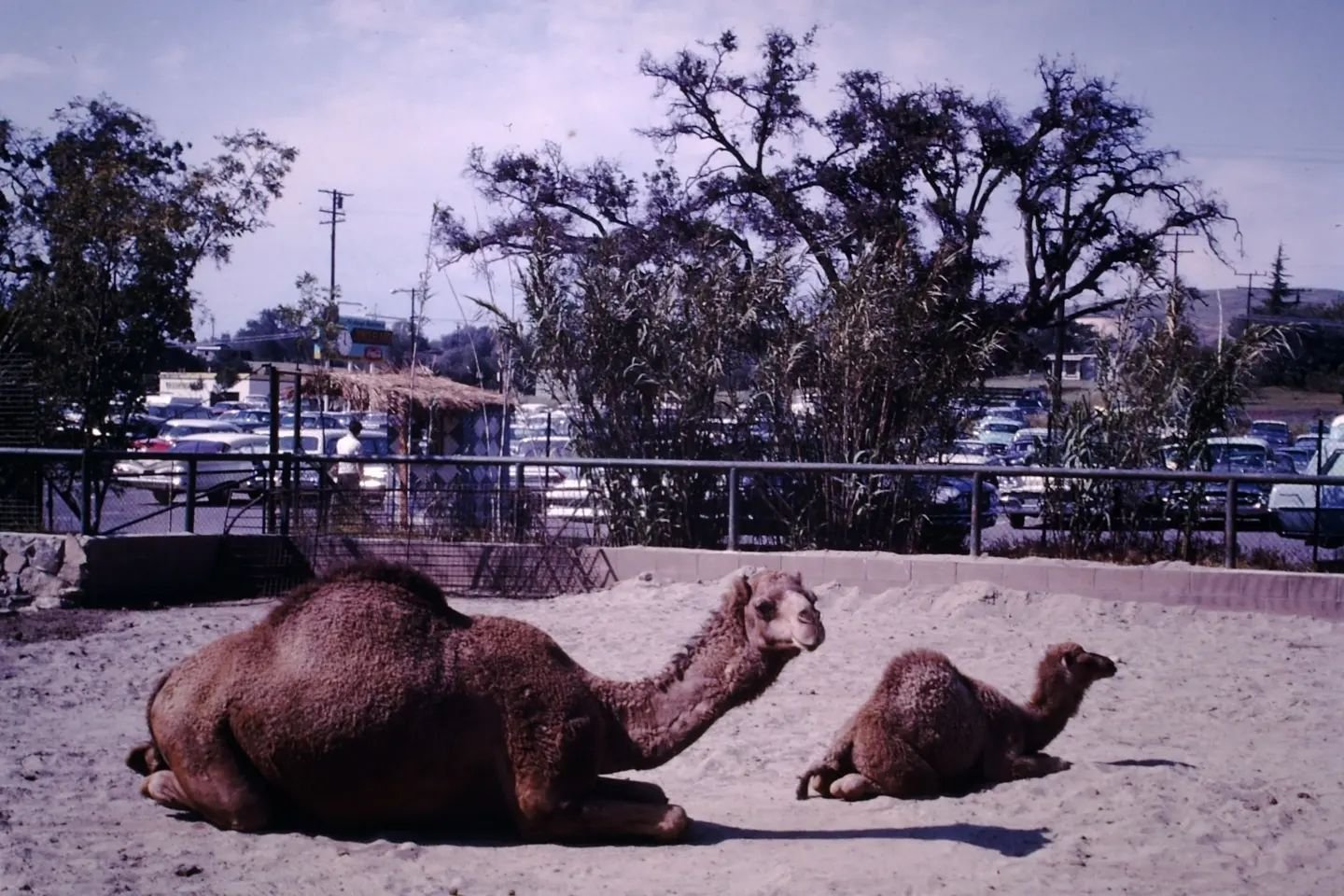As you drive U.S. Route 101 northbound in the Conejo Valley just past the Westlake Boulevard offramp, you’ll see a sign that says "The Screaming Eagles Hwy 101st Airborne Division."
The sign was authorized by Assembly Concurrent Resolution No. 54 (ACR-54) Screaming Eagles Highway: 101st Airborne Division, in 2003.
The 101st Airborne Division ("Screaming Eagles") is a specialized modular light infantry division of the U.S. Army trained for air assault operations. It was formed in World War I on July 23, 1918 and has been involved in every major U.S. war since then.
The 101st Airborne Division was instrumental in the success of the D-Day Invasion, the Operation Market Garden in Holland, in Bastogne for the Battle of the Bulge, in Vietnam for Operation Nevada Eagle, and in many other courageous missions worldwide.
In recognition of the 101's significance for military personnel of the 101st Airborne Division, the Assembly designated the 44 mile section of the 101 in Ventura County as the Screaming Eagles Highway.
The sign was unveiled in September 2005. The same sign is placed on the southbound 101 just south of the Bates Road offramp on the Ventura/Santa Barbara County border.


















